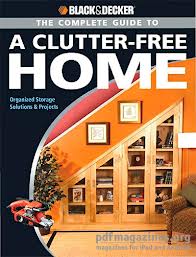Homeschooling Magnifies Family Problems (and That’s a Good Thing)
BY Jennifer Fulwiler
“Okay, guys, it’s time for today’s lessons!” I say in my most positive voice. “We’re going to start with math. Let’s look at—”
“Maaa-aaath? I hate math!” comes a voice from the peanut gallery.
“I’m bored. I don’t want to do homeschool today,” says another one.
Thus began our first day of homeschooling for the season, and it only went downhill from there. The subsequent days have been somewhat better, but I still have to fight at least one battle of wills at the homeschool table every day. I don’t expect perfect behavior, but do ask that I see a slightly better attitude than you might expect from, say, prisoners working on a chain gang. We don’t always get there. And it tests the limits of my patience every time.
After a particularly frustrating session I called a friend who is also a homeschooler, and wondered aloud if we should send the kids back to school. We had tried a public charter school for a semester last year. It wasn’t a good fit for our family for a lot of reasons—reasons that I still agreed with—but I was tempted to go back there just because I was so frustrated with the behavior problems I was seeing.
Thank goodness for wise counsel, because my friend’s response was exactly what I needed to hear. “Homeschooling isn’t causing these problems,” she pointed out. “It’s just magnifying problems that were already there.”
She was right. Before we homeschooled, I was still impatient. My kids are generally quite sweet, but we still had occasional issues with them talking back and not wanting to listen. Sending them to school didn’t solve any of those problems, it just made them easier to forget about since I didn’t have to confront them as often. Having my children’s education taken care of by someone else also led me to be relaxed—probably too relaxed—about what happened in the house on a daily basis. There was no specific goal we were trying to accomplish on a typical day, so if my requests were being ignored here and there, it didn’t feel like a big deal. But when my children’s education became my responsibility, that changed. Suddenly, there was more at stake than whether or not I had help picking up the living room floor in the afternoon—if they continued not to do what I asked them to do, it could impact their entire education.
Homeschooling isn’t for everyone (as Simcha pointed out in her recent post about the benefits of sending her kids to school). There are a lot of reasons a family might choose a different model of education, but I’ve come to think that a bad dynamic between parents and kids shouldn’t be one of them. I used to think that those daily battles of wills were a bug in the homeschooling system; now I see them as a feature. Homeschooling acts as a magnifying glass, enlarging your view of any cracks that run through the foundation of your family, thus allowing you to address them before they grow larger and deeper.
Source: http://www.ncregister.com/ National Catholic Register
Related:
Looking Backward: My Twenty-Five Years as a Homeschooling Mother




